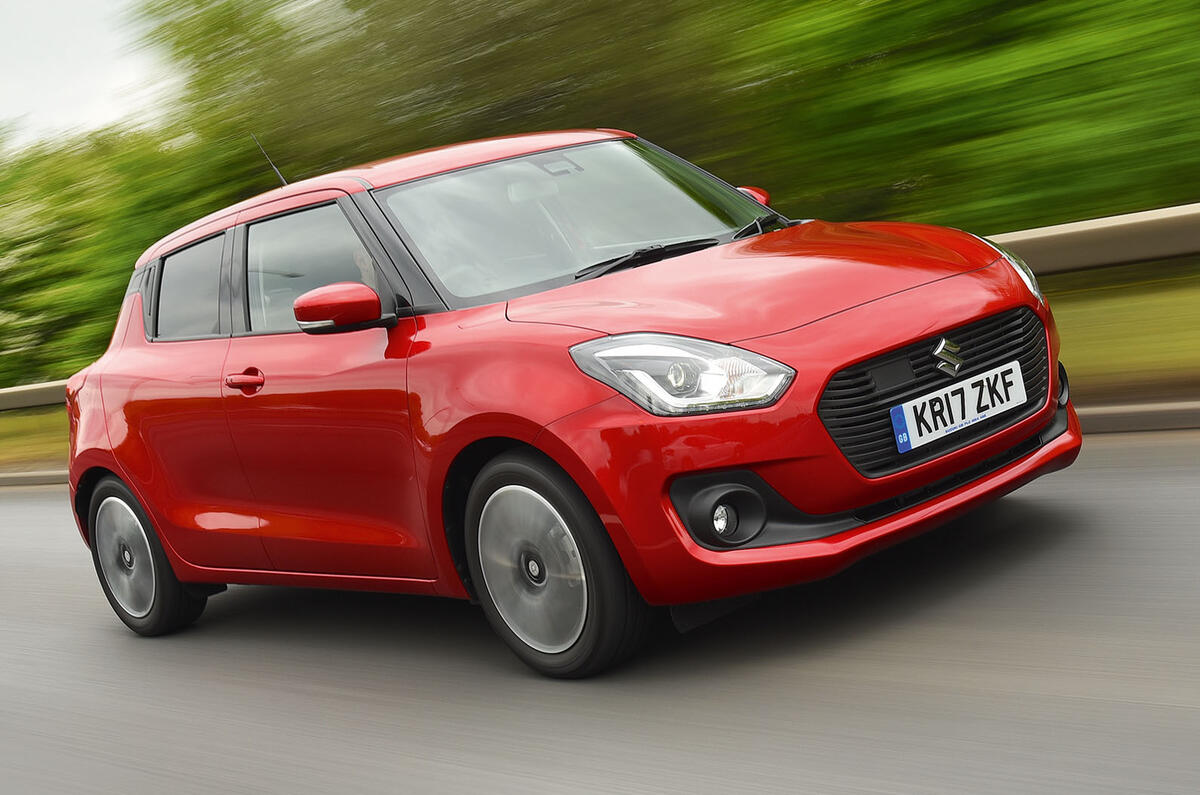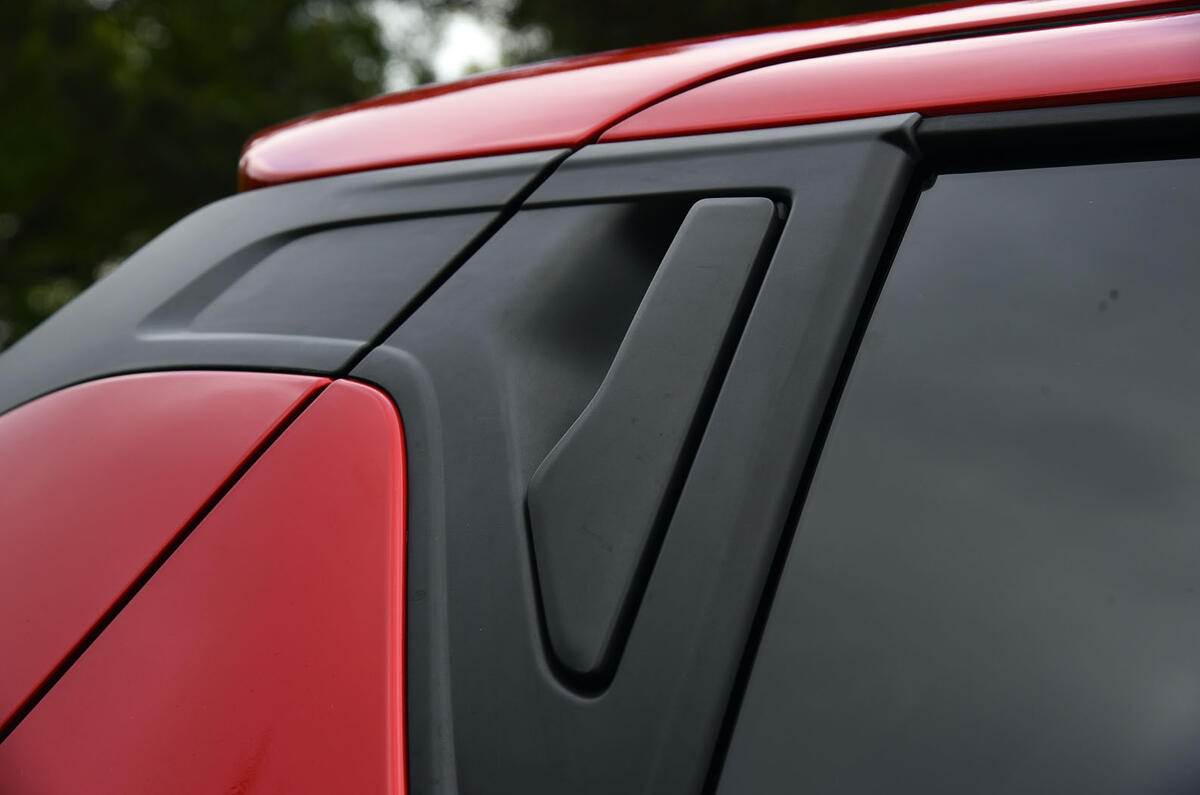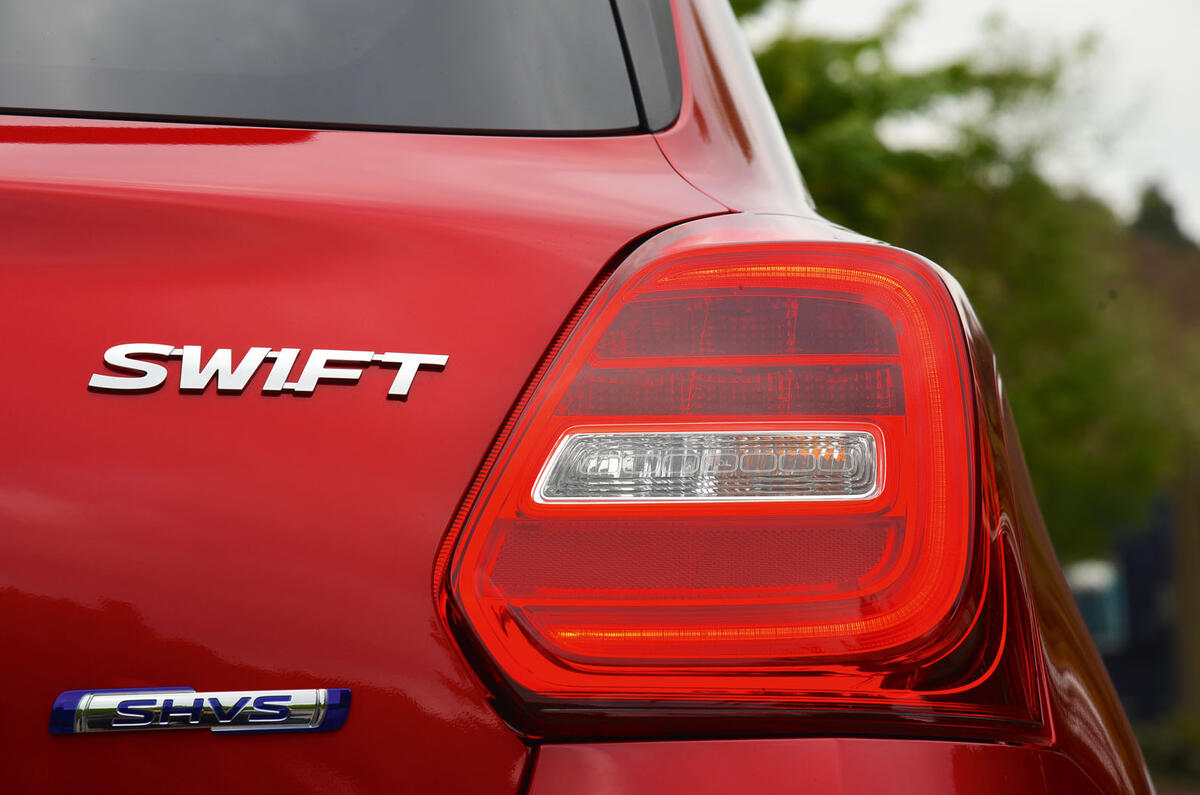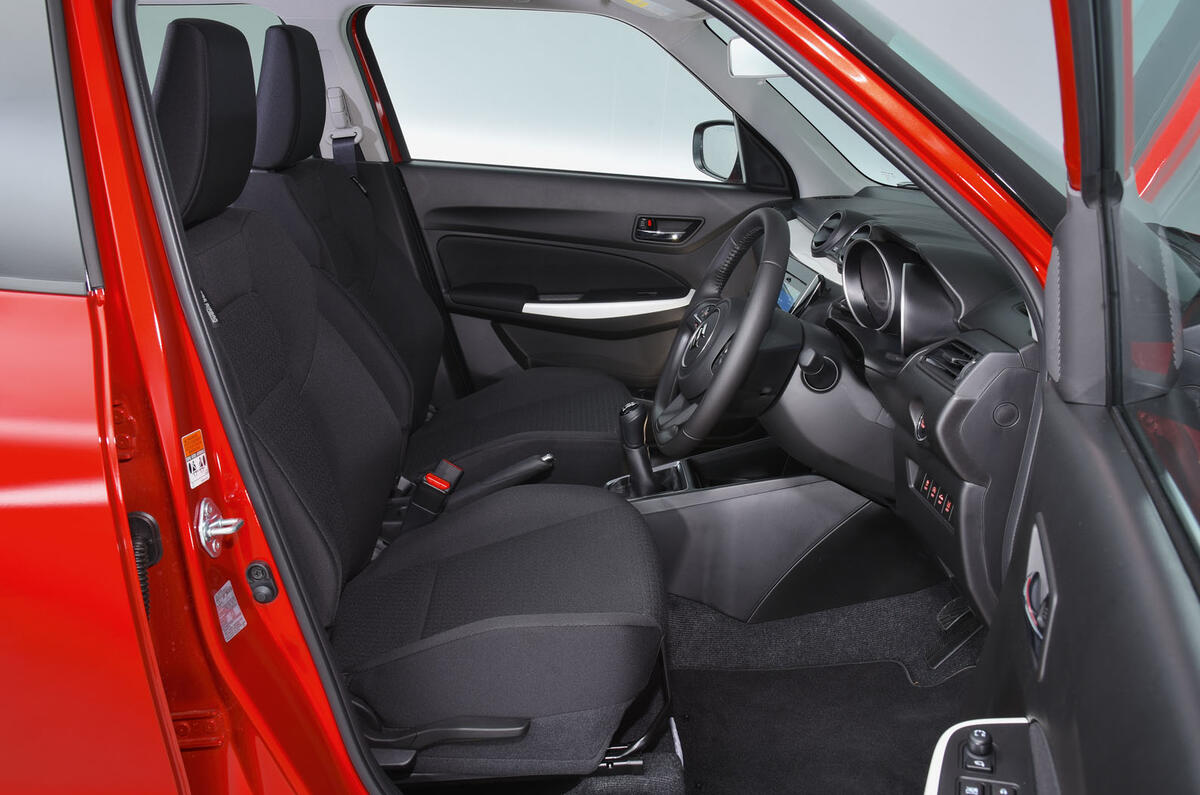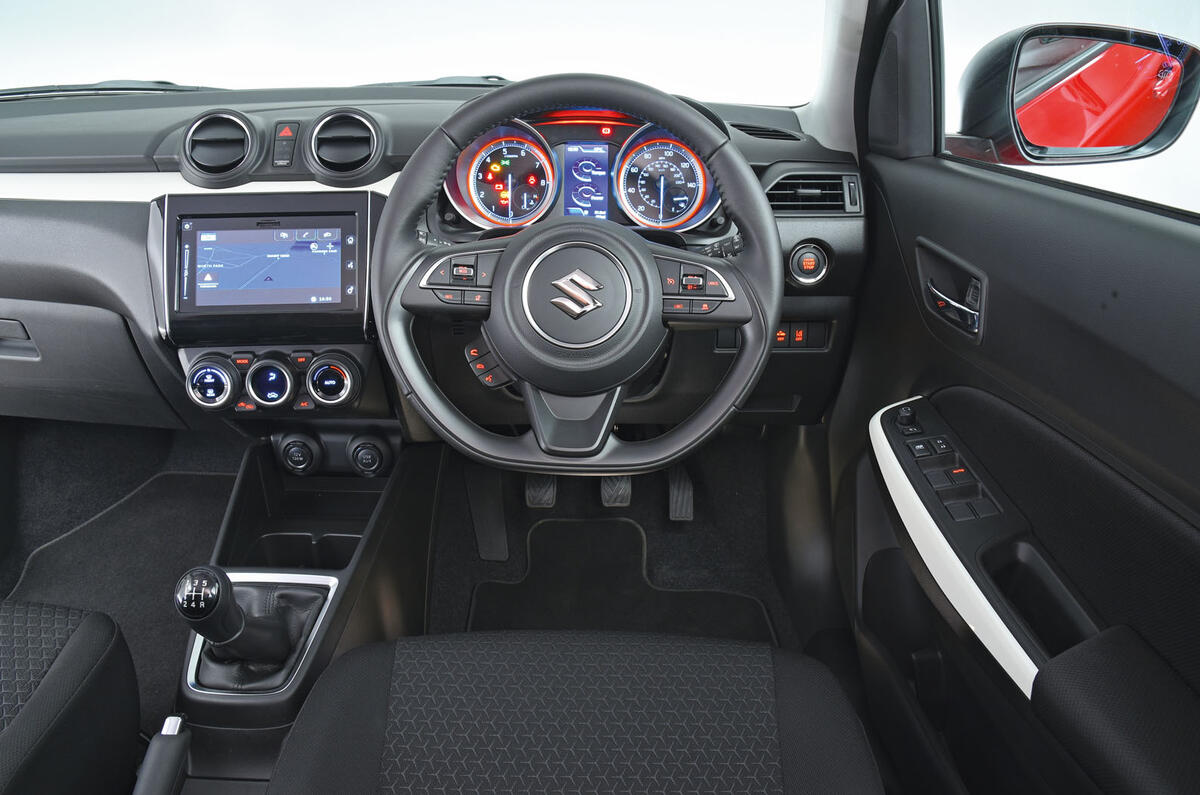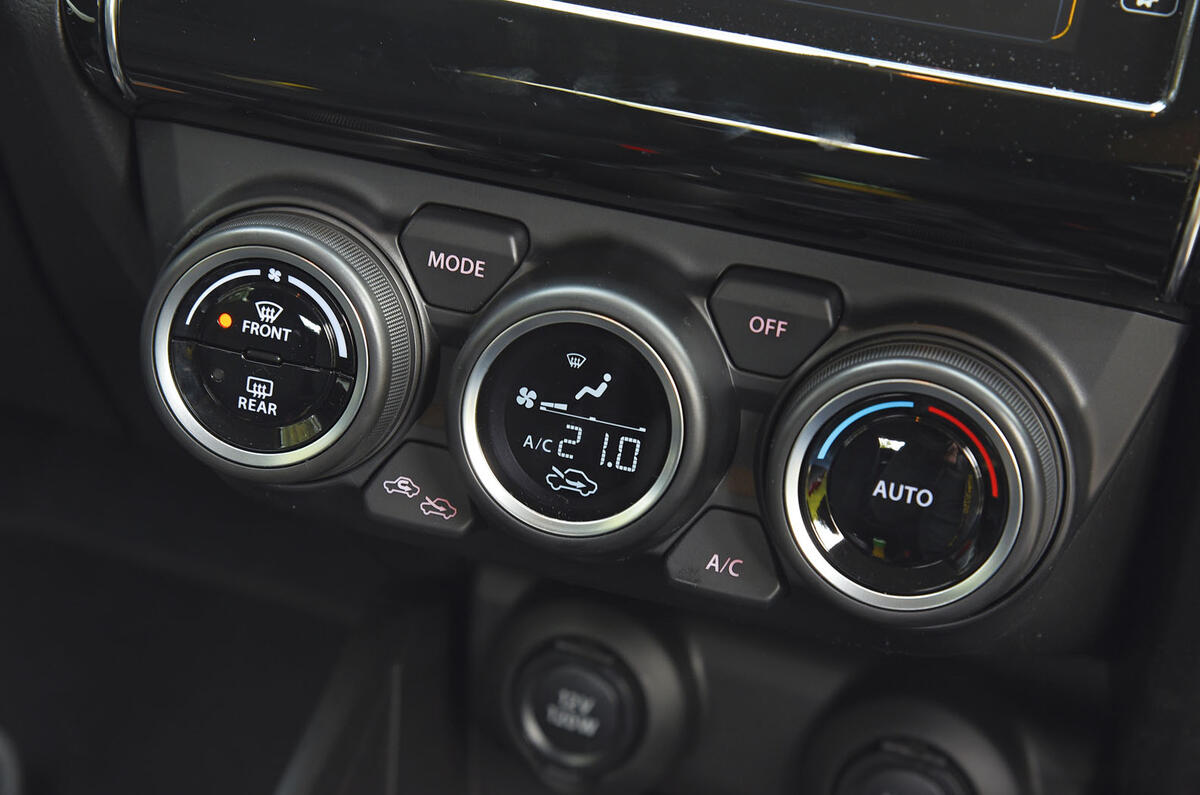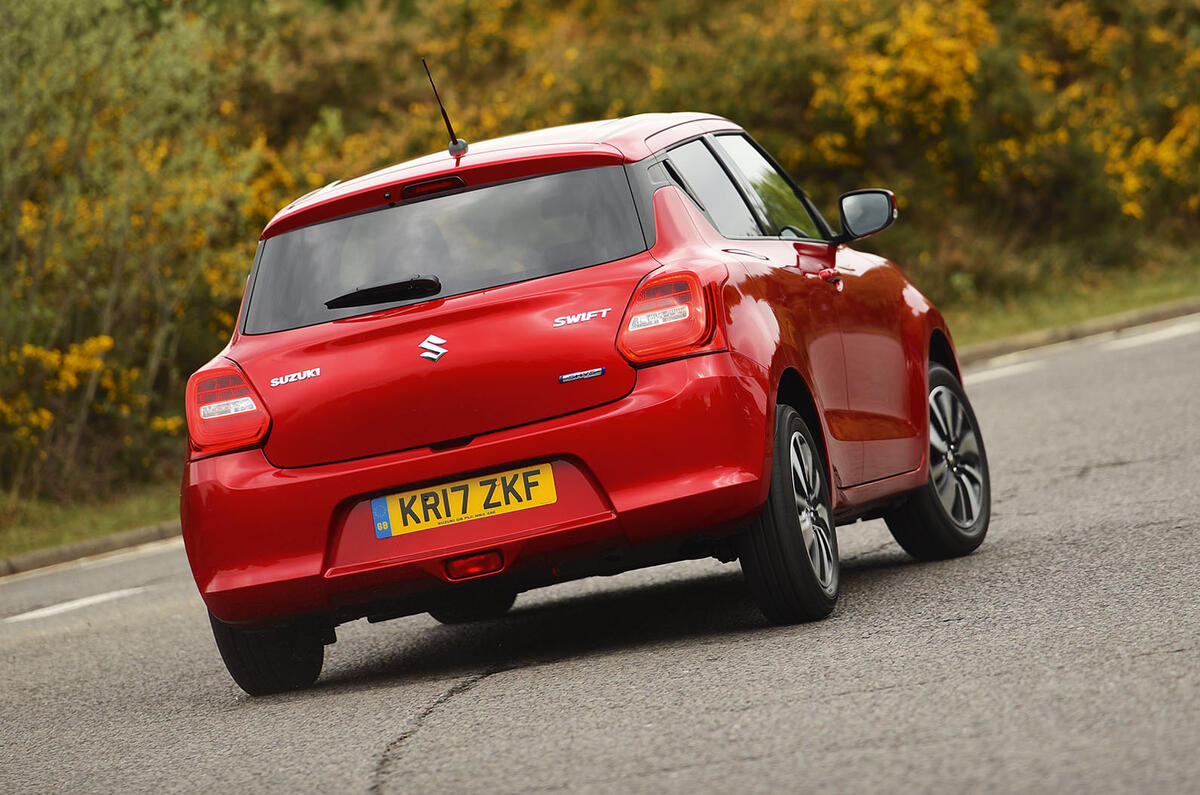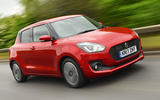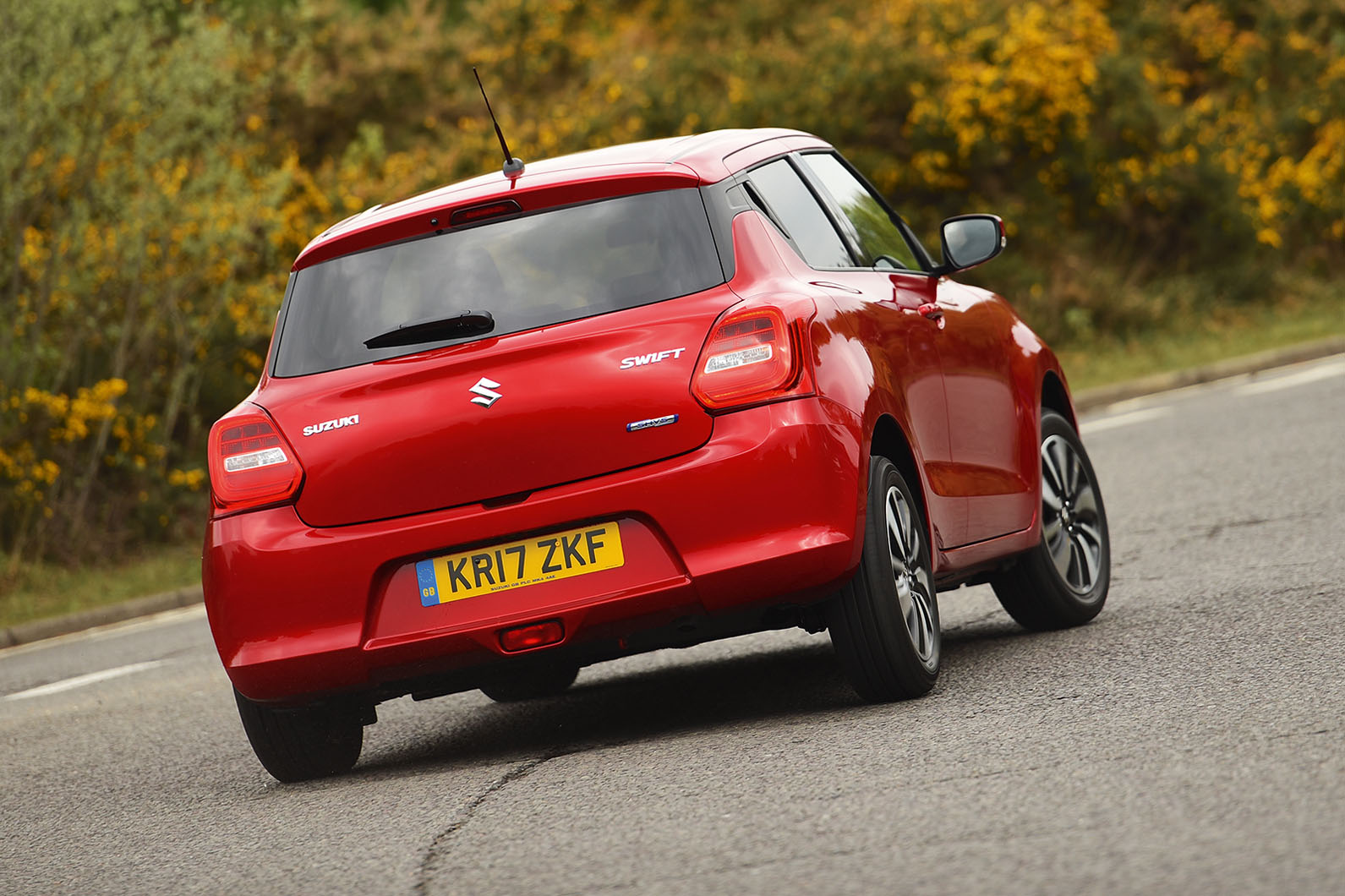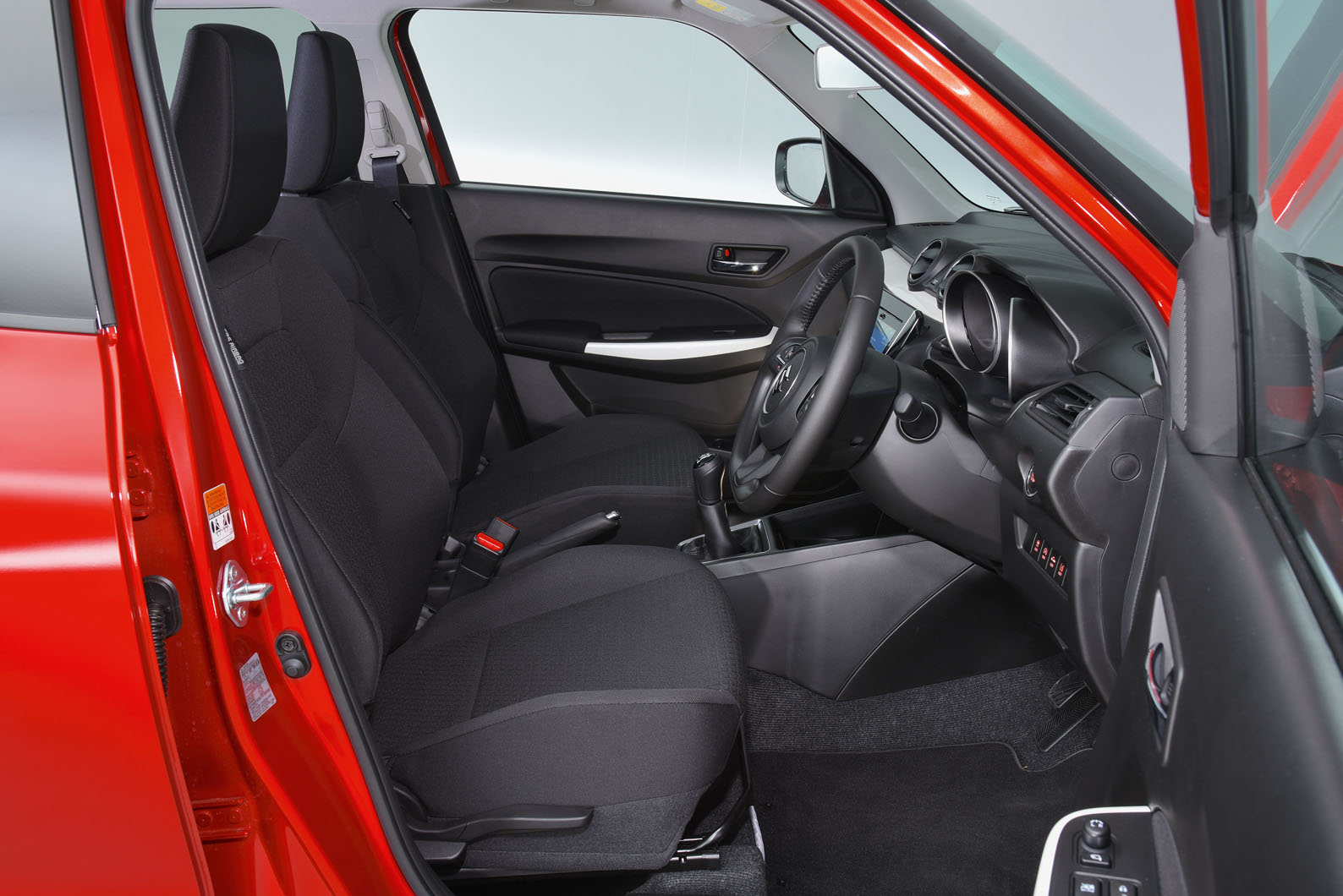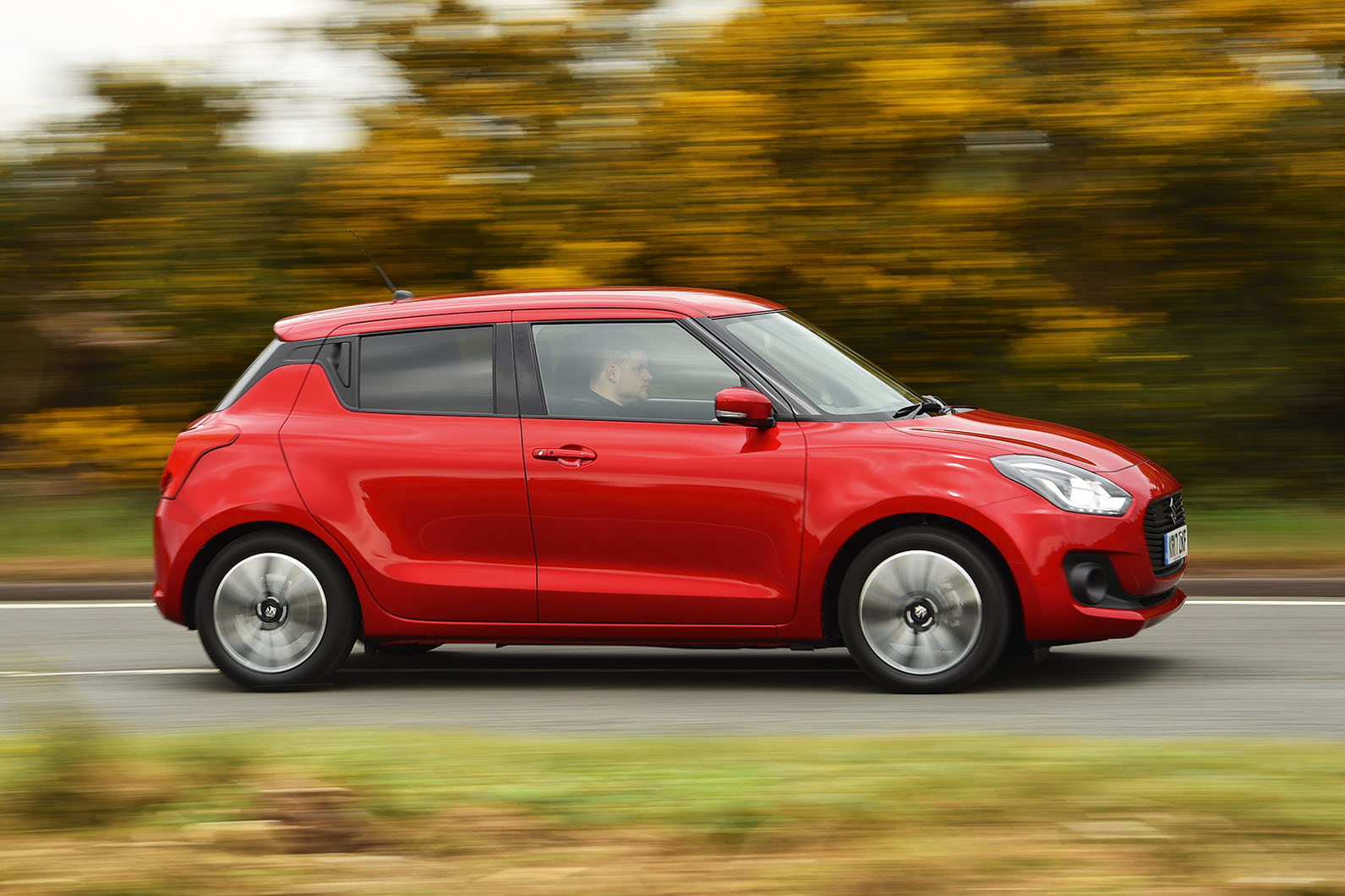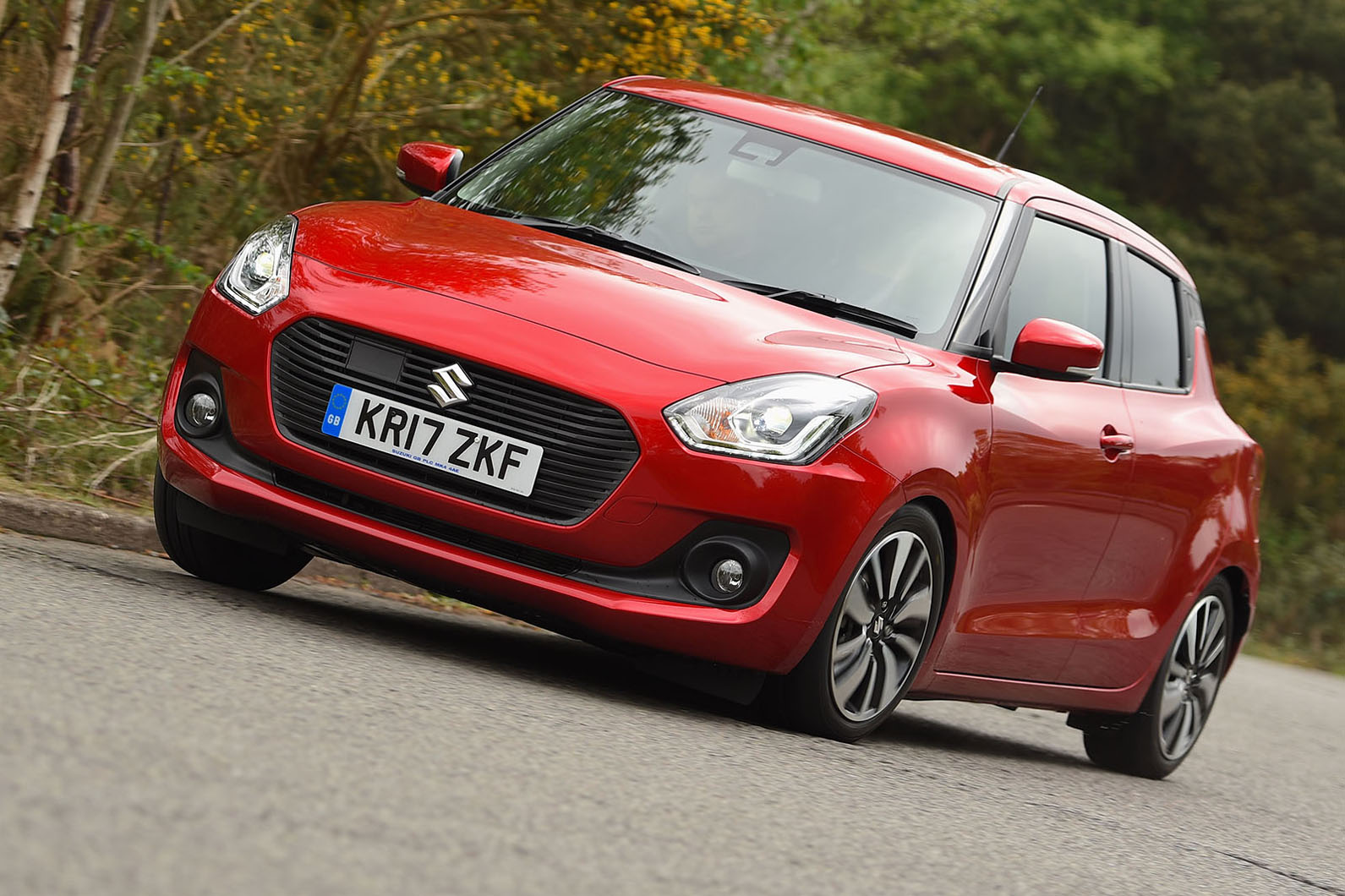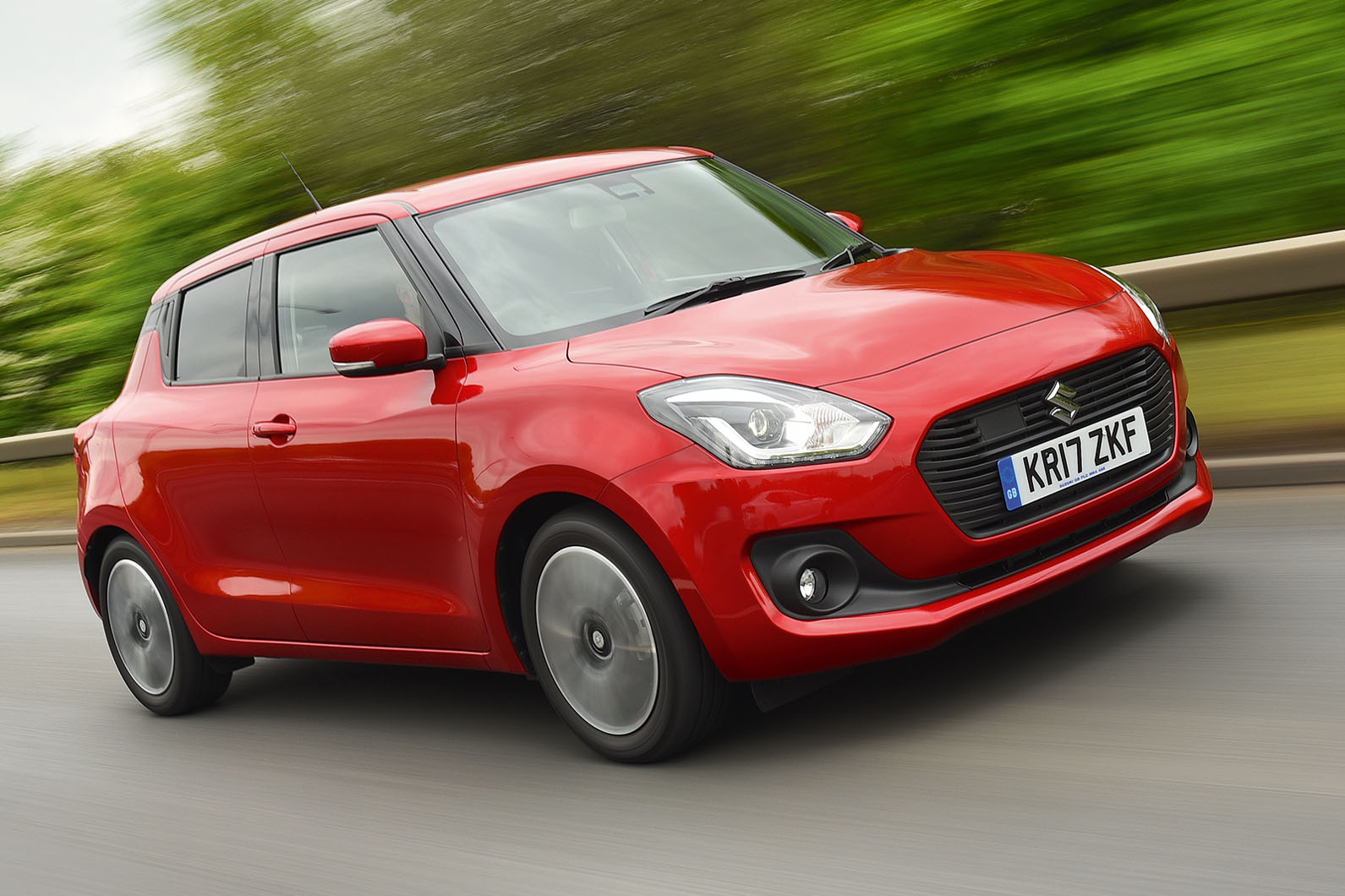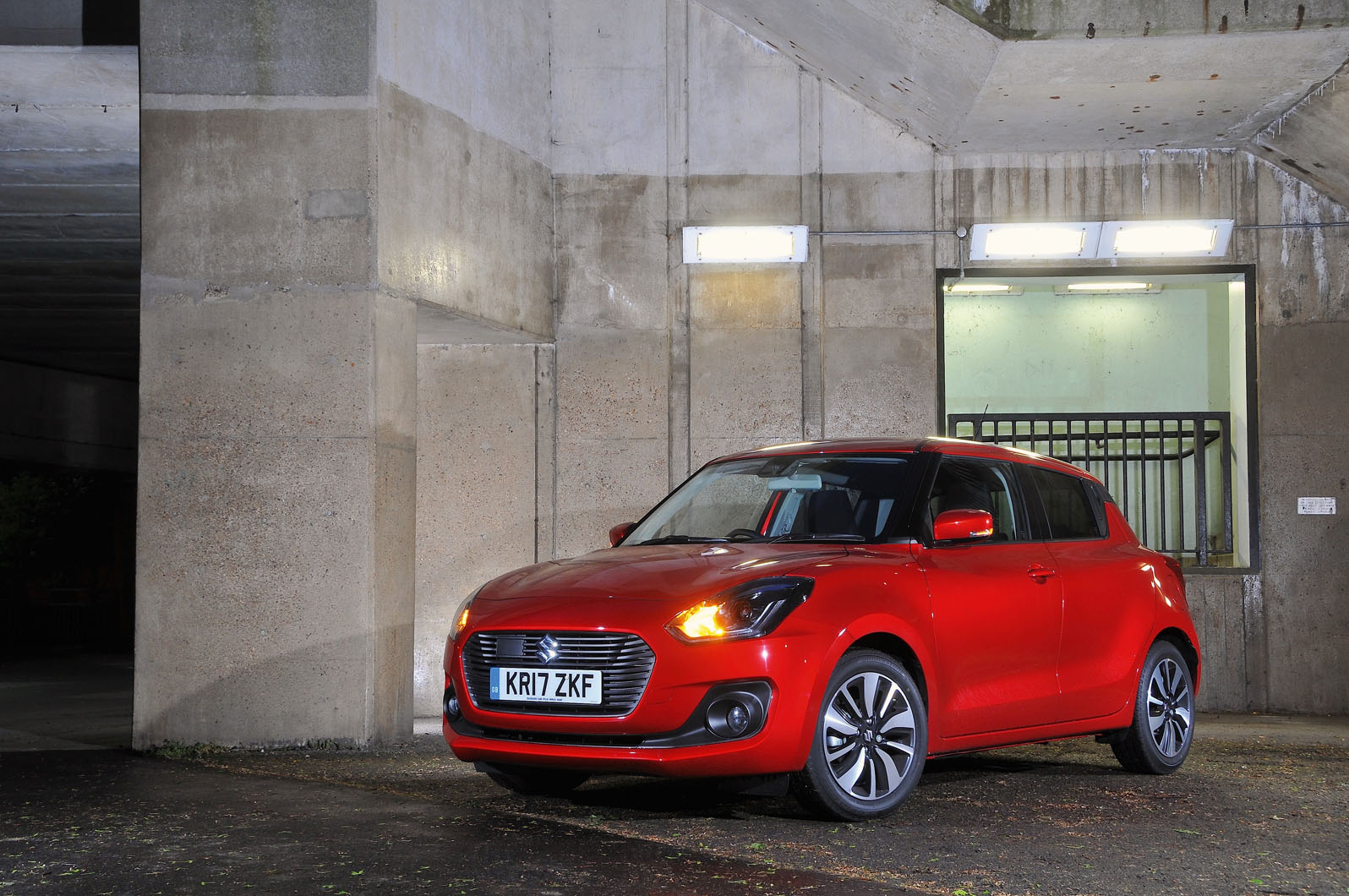One brand that has never needed reminding that small cars are big business is Suzuki. The very first Suzuki Swift (or the Cultus, as the supermini was known in Japan) started life as a stillborn General Motors project, sold to the Minami-ku-based manufacturer in return for a 5 percent stake in the company.
Suzuki duly finished the car’s development, plastered whichever name seemed appropriate to the destination on the back and then proceeded to build it everywhere from Bogota to Nairobi.
The second generation, introduced in 1988, was still being made and sold in Pakistan last year.
The Swift as we know it departed on a separate tangent long before, solidifying as a recognisable concept in 2005.
That generation and its follow-up 2010-2013 Suzuki Swift established the model as supermini manna: cheap, cheerful and just pretty enough to stand out from the crowd.
Naturally, the big-hitting Ford Fiesta and Vauxhall Corsa stomped all over it in broader terms – although that didn’t prevent Suzuki from shifting more than a million units in Europe over the course of a decade, making it the company’s biggest-selling car by some margin.
Its replacement, then, ideally needs to fill the same shoes. New from the ground up and sharing the same platform as the Suzuki Baleno and Suzuki Ignis, the latest Suzuki Swift makes familiar boasts: bigger inside, more powerful, more efficient, lighter and better equipped – and even the prospect of a mildly hybridised powertrain.


